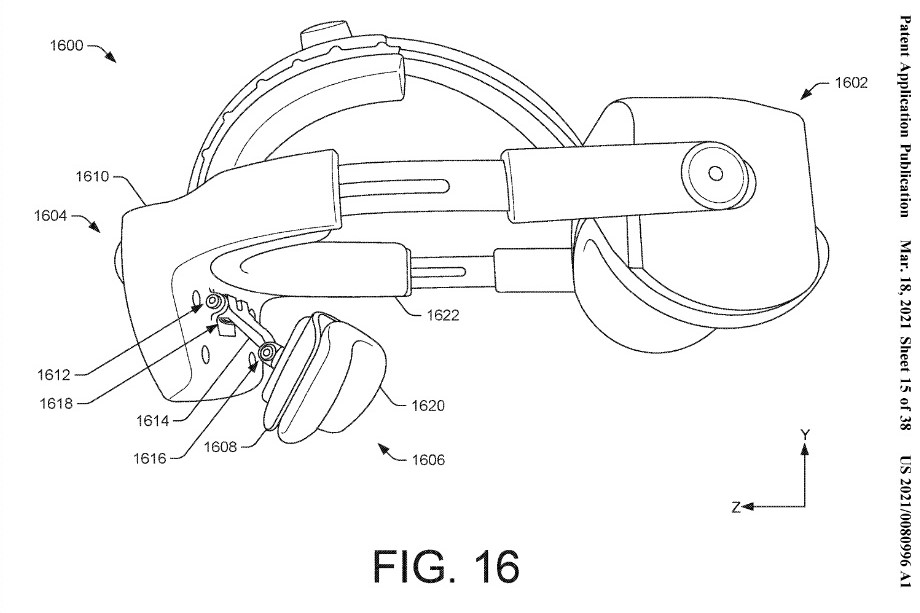For the most part, the patent describes improved ergonomics to make the headset sit better on someone’s head. This includes examples like using spring or tension-loaded harnesses for a better fit. But more than that, the Valve patent also describes a headset with connectivity, or even one that can act as a standalone headset.
There is also mention of eye trackers in the patent. But it’s quite unlike what Apple may be planning with its own mixed reality headset. For one, the implementation here does not involve priority rendering for parts of the display a user’s eyes are looking at. Instead, the Valve patent mentions using it for distortion adjustment, and to determine a user’s gaze point. The patent also comes with a number of images depicting headsets of slightly different designs. Though as with all patents, it remains to be seen if Valve will be making use of any of these in an upcoming VR headset. (Source: FPO)
